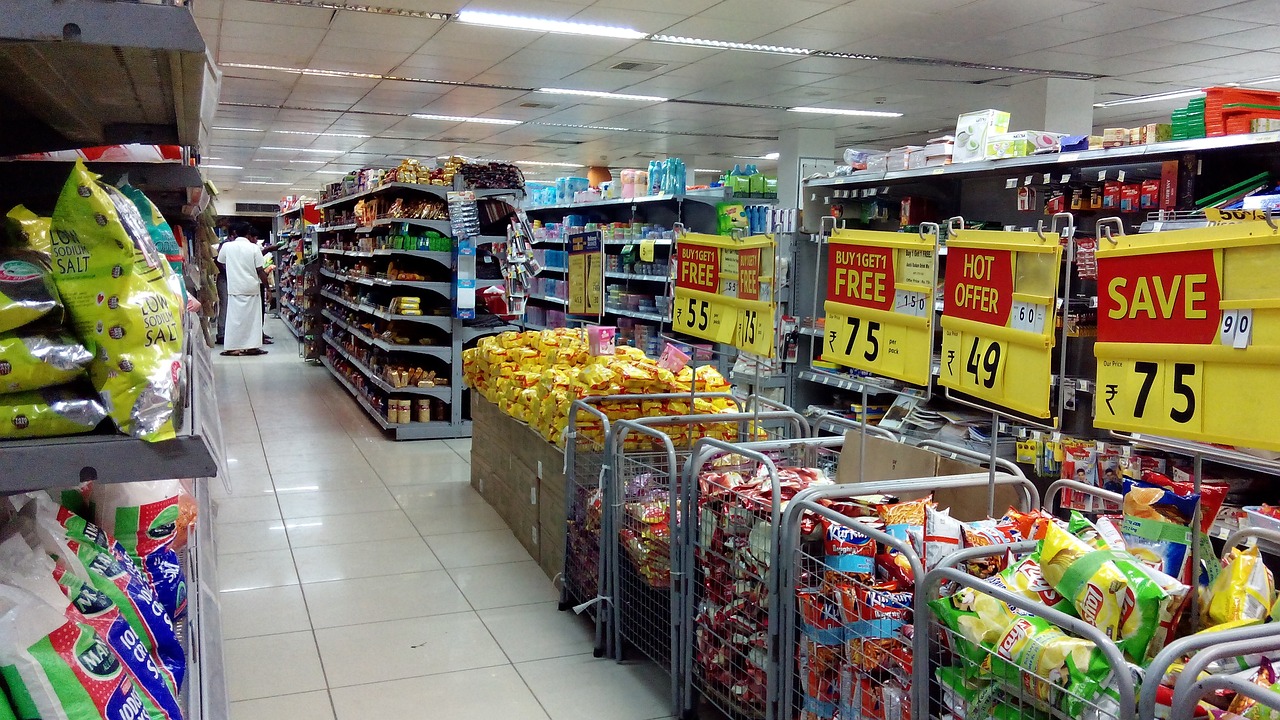
In a crowded and competitive market, setting the right pricing strategy can make or break a business. Finding the delicate balance between attracting customers and maximizing profits is essential. Winning the pricing game requires careful planning, market awareness, and a strategic approach. In this blog post, we will explore effective strategies for competitive pricing that can help your business stand out and thrive in a crowded market.
Know Your Market:
To develop a competitive pricing strategy, it is crucial to have a deep understanding of your target market. Conduct thorough market research to identify your competitors, their pricing strategies, and the value they offer. Analyze customer preferences, purchasing behavior., and price sensitivity to gain insights into the market dynamics. By knowing your market inside out, you can position your pricing strategy effectively and identify opportunities for differentiation.
According to a study by McKinsey, businesses that conduct regular market research are 50% more likely to achieve market success compared to those that don’t.
Differentiate with Value:
Competing solely on price can be challenging and often leads to a race to the bottom. Instead, focus on differentiating your offerings by emphasizing the unique value your products or services bring to customers. Highlight the features, benefits, and quality that set you apart from the competition. Communicate the value proposition effectively through marketing messages, customer testimonials, and compelling branding. By emphasizing value, customers are more likely to choose your offering even if it is priced slightly higher than competitors.
According to a survey by Nielsen, 59% of consumers are willing to pay more for products or services that come from companies committed to positive social and environmental impact.
Price Matching:
In a crowded market, price matching can be a powerful strategy to win customers’ trust and loyalty. Monitor your competitors’ pricing and adjust your prices to match or slightly undercut them. By offering competitive prices, you remove price as a barrier and position yourself as a viable option in customers’ decision-making process. However, ensure that your pricing is sustainable and does not compromise your profitability in the long run.
According to a survey by RetailMeNot, 87% of consumers consider price matching important when making purchase decisions.
Bundle and Discount Offers:
Create attractive bundle offers or discounts that provide customers with added value and incentivize them to choose your products or services over competitors. Bundling complementary items or offering package deals can increase the perceived value while allowing you to maintain a competitive price point. Time-limited discounts or promotional offers can also create a sense of urgency and encourage customers to make a purchase.
According to a study by Harris Interactive, 92% of consumers said they would take advantage of a discount or promotion, and 76% said they feel encouraged to make a purchase during a limited-time offer.
Dynamic Pricing:
In a dynamic and ever-changing market, consider implementing dynamic pricing strategies to stay competitive. Dynamic pricing involves adjusting prices based on factors such as demand, seasonality, and competitor pricing. By leveraging data analytics and pricing automation tools, you can optimize your prices in real-time to maximize revenue and adapt to market conditions swiftly. Dynamic pricing enables you to capture the most value from each customer transaction while remaining competitive.
According to a report by Dynamic Pricing and Artificial Intelligence, dynamic pricing algorithms can lead to an increase in revenue of up to 20% for businesses.
Customer Segmentation:
Segmenting your customer base based on their preferences, buying behavior, and price sensitivity allows you to tailor pricing strategies to specific customer segments. Identify high-value customers who are willing to pay a premium for additional features or enhanced service. For price-sensitive customers, consider offering budget-friendly options or lower-priced alternatives. By catering to different customer segments, you can optimize your pricing strategy to meet their unique needs and maximize profitability.
According to a study by Bain & Company, companies that use customer segmentation strategies experience a 10% increase in customer retention rates on average.
Competitive pricing in a crowded market requires a strategic and well-informed approach. By understanding your market, differentiating with value, offering price matching, creating attractive bundle and discount offers, implementing dynamic pricing, and utilizing customer segmentation, you can position your business for success. Experiment, analyze market trends, and continuously refine your pricing strategy to stay ahead of the competition. Remember, winning the pricing game is about finding the right balance between attracting customers and achieving sustainable profitability in a crowded market.
Author: Nidhi Tiwari a Senior Executive at iE3 Innovations Pvt. Ltd., a technology firm.

